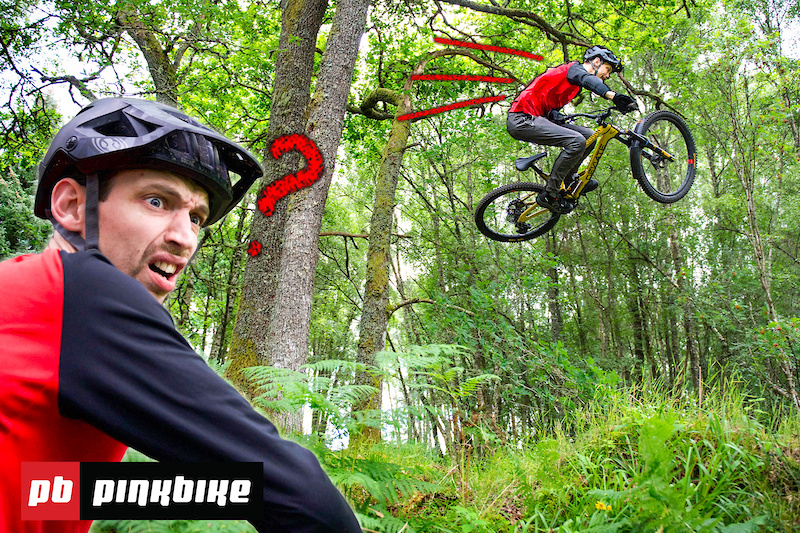Have you ever felt like your friends are effortlessly leaving you behind on the trails? It’s a frustrating experience, but understanding why it happens and how to improve can turn the tables in your favor. Let’s dive into why you might be getting dropped and how to keep up with the pack.
Understanding “Getting Dropped”
The term “getting dropped” has various meanings, but in mountain biking, it simply means being left behind because you can’t match the pace of your riding group. This can happen for several reasons, but the main one is speed. Your friends are faster, and over time, the distance between you and them increases.
Where Are You Losing Speed?
To keep up with your mates, it’s crucial to identify where you’re losing speed. On descents, speed is influenced by:
1. Acceleratory Forces:
• Pedaling
• Gravity
• Pumping
2. Deceleratory Forces:
• Braking
• Hitting bumps
• Wind resistance
• Colliding with obstacles
We’ll focus on the deceleratory forces, particularly hitting bumps and braking, as these are the primary areas where speed is lost.
Handling Bumps
Bumps slow you down because they exert a force that both decelerates and deflects your bike. The key is to minimize contact with bumps by:
• Choosing smoother lines: Look ahead and pick paths with fewer obstacles.
• Unweighting or hopping: Lighten your bike over rough patches to reduce the deceleratory impact.
Braking: The Major Speed Killer
Braking is often the biggest culprit when it comes to losing speed. While it’s necessary for safety, excessive braking slows you down. Features on the trail have speed limits based on their severity, your skill level, and current conditions. Improving your skills can help you handle features at higher speeds, but there’s another crucial technique: looking ahead.
The Power of Looking Ahead
Your brain processes trail information and helps you react accordingly. By looking ahead, you give your brain more time to process upcoming features, making everything seem slower and allowing you to go faster. Here’s how to do it:
1. Look through features: Don’t fixate on obstacles. Instead, glance at them to line up your approach, then look ahead to where you want to go next.
2. Anticipate: Keep your eyes moving, asking yourself “what’s next?” This helps maintain your balance and ensures you’re prepared for upcoming features.
Putting It All Together
To stop getting dropped, focus on maintaining your speed by:
• Picking smooth lines to avoid bumps.
• Reducing unnecessary braking by looking ahead and anticipating trail features.
With these techniques, you’ll improve your flow and keep pace with your friends. So, next time you’re out on the trails, load up that flow gun and aim to stay on Smug Steve’s back wheel. Remember: Look, Shift, GO. Next feature, next feature. Happy riding!
Partners
This season of How NOT to Bike was made with support from these brands. Without them we couldn’t create head-slapping videos like this. Thank you!
